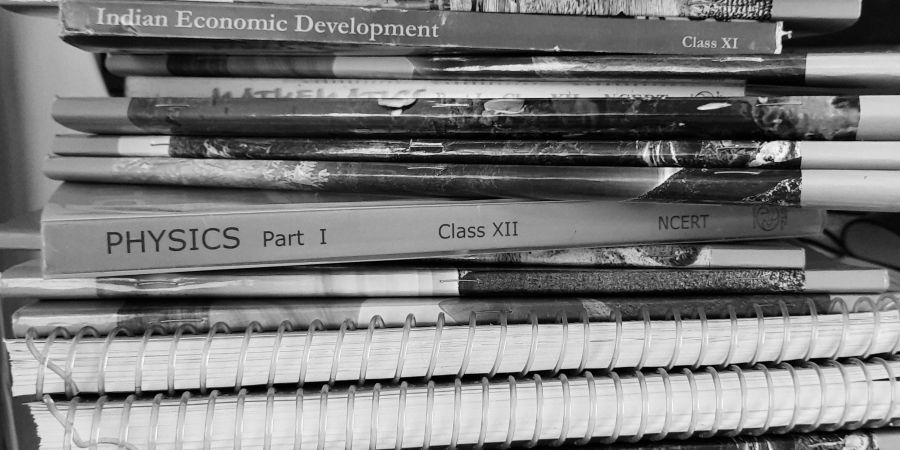

India is a country of varied culture, heritage, religion and ideology. To accommodate the various ideas of its citizens, the country's education system plays an important role. Education is the foundation stone of a country's economic development. If a country doesn't gives its citizens the right to education, the country will lag behind in every aspect. Although India is progressing well in almost every field whether it is science or technology, 25.96 percent of our population is still illiterate. It indicates that the government still needs to work on this aspect. The Indian Education system dates back to the Vedic period , where there were Gurukuls. Here the students not only gained theoretical knowledge but practical knowledge as well. It was not like that this education system was not successful , but many discoveries and inventions took place in this period. The discovery of zero by Aryabhata was one of them. Nalanda University, Taxila University were also some of the best universities of 5th century and 1000BCE respectively. The students from different parts of the world used to come here for their studies.
India is a developing nation, hence its education system is not as good as that of the developed nations. But we can try to make it more efficient and effective. Today the students are more focused on the theoretical knowledge than the practical knowledge, thus many of its citizens within the country as well as abroad are employees and not employers. We have to experiment something new, something different to contribute in the making of country's GDP. Also the pressure of studies on the students should be reduced, so that they can focus on other things that they are good at. Children should also be given exposure and a chance to get to know different occupations and professions. Also there should be a facility of career guidance for students of secondary school. This will help them to take the crucial decision of their lives and reduce the chances of taking wrong decision.
After independence in 1947 the literacy rate of India was only 12 percent but over the years India has developed economically, socially and globally, thus the literacy rate in 2011 was 74.04 percent. This was the result of various government policies. New Education Policy of 2017 is one of them which aims at making India knowledge superpower by equipping its students with the necessary skills and knowledge and to eliminate the shortage of manpower in science, technology, academics and industry. Some programs have been initiated by the Government of India for improving the literacy rate of our country. One of the most famous of them is Sarva Shiksha Abhiyan which aims at universalisation of elementary education in a time bound manner. And has made the education free for children from 6 to 14 years of age a fundamental right. Padhe Bharat Badhe Bharat and midday meal are also sub-programme of Sarva Shiksha Abhiyan. Education in India is given by public schools and private schools. The public schools are controlled and funded by three levels :central, state and local. Apart from schools there are over 900 universities and 40,000 colleges in India. Seats are reserved in these educational institutions for socially weaker sections of the society such as Scheduled Caste and Scheduled Tribes. Thus, it ensures that every citizen is entitled to education.
So we along with the government should work on the flaws of our education system and make our future brighter. It is our responsibility to make learning easy and fun by adopting unique teaching methods. Parents also play an important role in shaping their child's future, but they have to keep in mind that they should not force their children in opting a particular stream or occupation. As once Khalil Gibran quoted, "Your children are not your children they are the sons and daughters of life's longing for itself. They come through you but not from you. You may give them your love but not your thoughts. For they have their own thoughts." This way we can together step towards a bright and better future.










